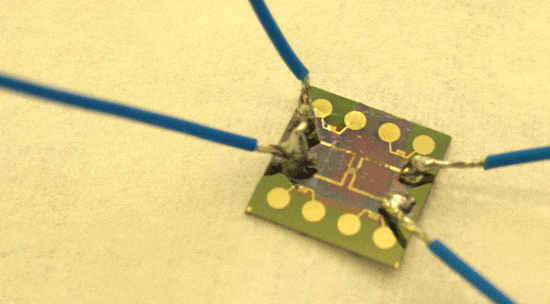
Use of a graphene in silicon-based electronics could help increase energy efficiency by significantly reducing hotspot temperatures inside processors, an international team of researchers has claimed.
Modern electronics systems generate a large amount of heat, due in part to the increasing demand for smaller, more powerful devices. While traditional cooling methods have proved fairly successful, more portable solutions are needed to adequately manage heat dissipation in future electronic systems. The new findings are the result of efforts to develop more efficient, portable thermal management solutions.
Led by scientists at Chalmers University of Technology in Sweden, the research team found that multiple layers of graphene— a two-dimensional material comprised of carbon atoms arranged in a hexagonal pattern—demonstrate strong heat conducting properties that could be used to remove heat from inside electronic devices. In their study, the researchers focused on altering the temperature in the most heat-intensive areas of an electronic device—such as inside a processor—reducing it by as much as 25 percent.
“The normal working temperature in the hotspots we have cooled with a graphene layer has ranged from 55 to 115 degrees Celsius. We have been able to reduce this by up to 13 degrees, which not only improves energy efficiency, [but] also extends the working life of the electronics,” Chalmers Professor Johan Liu, head of the international research project, said.
“This discovery opens the door to increased functionality and continues to push the boundaries when it comes to miniaturizing electronics.”
The findings could be a major breakthrough for data center cooling, where almost half of the energy required to power the data center is devoted to temperature maintenance, and for applications where implementing efficient cooling is difficult, such as in embedded electronic systems.
The work was undertaken in partnership with the Hong Kong University of Science and Technology and Shanghai University in China, and Swedish company SHT Smart High Tech AB. Their findings are published in the scientific publication Carbon.










